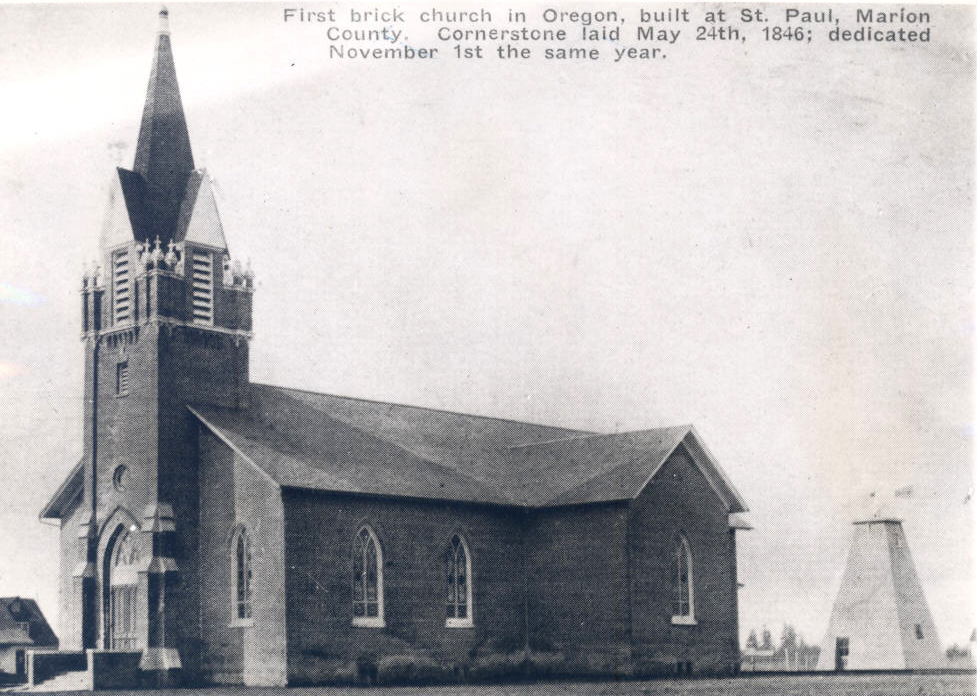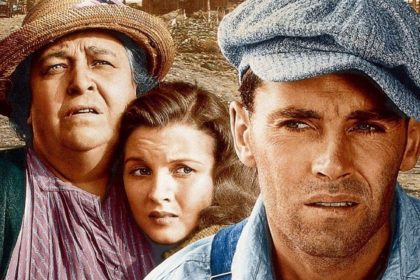St. Paul is a city in Marion County, Oregon, United States. Take a look below for 15 interesting and fun facts about St. Paul, Oregon, United States.
1. It is named after the Saint Paul Mission founded by Archbishop François Norbert Blanchet, who arrived in the Oregon Country in 1838 to minister to the Catholic inhabitants of French Prairie.
2. The population was 421 at the 2010 census.
3. The city is part of the Salem Metropolitan Statistical Area.
4. French Prairie settlers built a log church near this locale in 1836.
5. On January 6, 1839, Father (later Archbishop) Blanchet celebrated the first Catholic mass in Oregon at St. Paul, when he blessed the log church and dedicated it to St. Paul.
6. St. Paul Roman Catholic Church was built in 1846 and is the oldest brick building in the Pacific Northwest.
7. St. Paul post office was established in 1874. The city was incorporated in 1901.
8. St. Paul Pioneer Cemetery, founded in 1839, is the burial location for William Cannon, the only authenticated Revolutionary War veteran buried in Oregon.
9. He had arrived in Oregon in 1811 as part of John Jacob Astor’s American Fur Company. His is the only grave marked with an upright headstone in the cemetery.
10. Only one other grave is marked; the rest of the grave markers were mistakenly bulldozed in the 1930s.
11. Along with Cannon, 535 other early settlers and Native Americans are buried in the pioneer cemetery, including Étienne Lucier, known as “The Father of Oregon Agriculture”, and François Rivet and Philippe Degre who claimed to be members of the Lewis and Clark Expedition.
12. Rivet had accompanied the expedition as far as Fort Mandan, and Degre attached himself in to the company while they wintered there in 1804–1805.
13. A wall of remembrance in the cemetery was dedicated in 2005, with members of the Confederated Tribes of the Grand Ronde Community of Oregon as honored guests.
14. Early French Canadian settlers often married women from the local tribes, which included the Clackamas, Molala and Kalapuya.
15. Archbishop Blanchet was originally buried in the pioneer cemetery, but his remains were later moved to St. Paul Catholic Cemetery a few blocks away.




